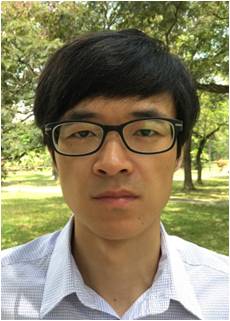报告时间:2016年4月26日上午9:00
报告地点:科技创新大楼C501室
报告题目:2D Colloidal Semiconductors and Their Derived Hybrid Nanostructures: Synthesis, Properties and Applications

Biography
Xue-Jun Wu received his B.S. in Applied Chemistry from Wuhan University of Technology in 2005 and his Ph.D. in Physical Chemistry from Peking University in 2010. From 2010 to now, he has been working as a Research Fellow at the School of Materials Science and Engineering in Nanyang Technological University in Singapore. His research interests include the synthesis of colloidal nanocrystals and hierarchical nanostructures, and the study of their applications in photonics and energy conversion and storage.
Abstract
Along with layered graphene and transition metal dichalcogenides (TMDs) with intrinsically layered crystal structures, two-dimensional (2D) semiconductor nanostructures have been emerging as an important class of nanomaterials because of their unique optical and electrical properties and various potential applications in optoelectronic devices and photocatalysts. In this talk, I would like to briefly summarize the challenges and opportunities on the wet chemical approaches for the synthesis of the 2D semiconductor nanostructures. Next, I will highlight our recent research achievements on the controlled synthesis of 2D colloidal semiconductorswith a variety of compositions, from binary to ternary or even quaternary compounds. Also, I would like to show the extraordinary hybrid nanostructures based on the colloidal semiconductor nanoplates and their application in photocatalytic hydrogen evolution. Finally, I will brief discuss our future directions.
